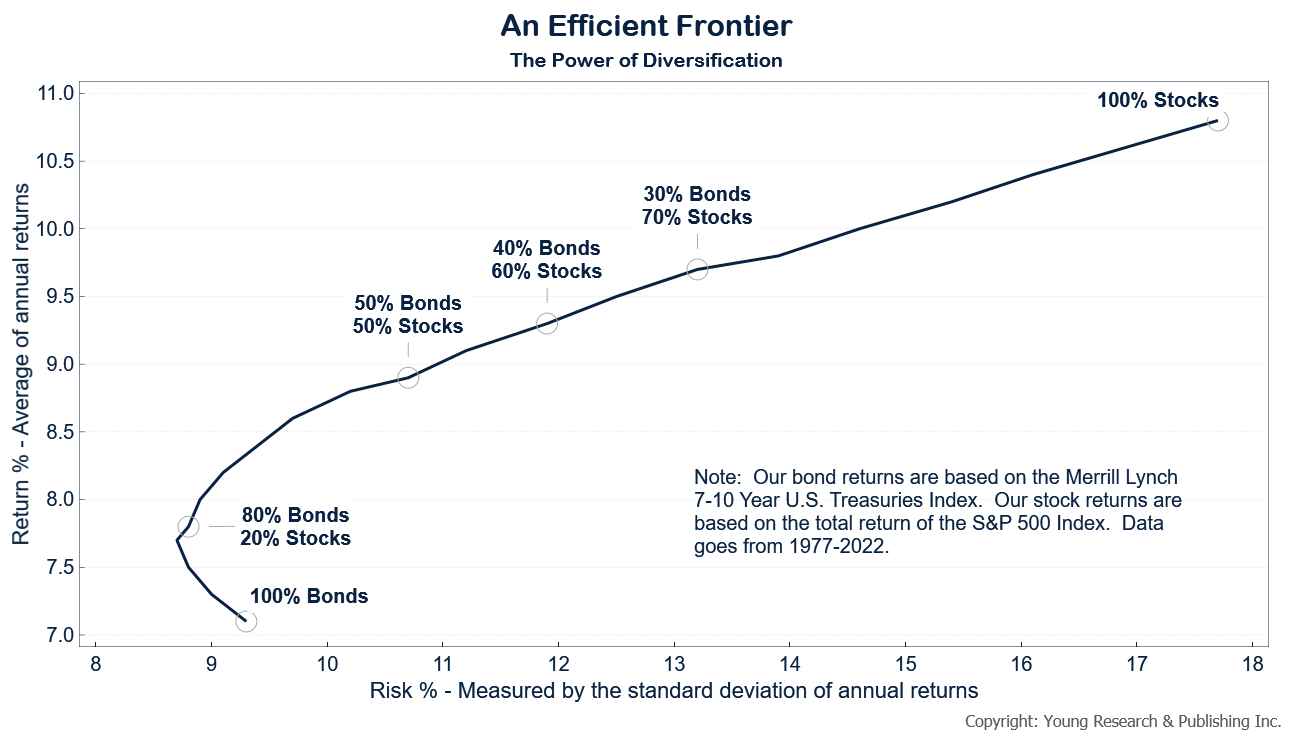You wouldn’t invest in a stock with a sky-high commission rate, would you? How about buying a stock that promises you won’t lose money—but with the caveat that you’ll be capped at a maximum 6% or 8% yearly gain even if the stock surges well beyond that? How about being penalized if you need to sell within 10 years, for example, because you realize what a mistake you made buying it in the first place? Such is life for most long-term, equity-indexed annuity holders.
Good luck figuring this out on your own. Believe me, the salesman isn’t going to point it out in his sales material. It takes hours of research to square what he “guarantees” with what a 200-plus-page prospectus says is really going to take place years from now when he’s sailing the world on the yacht you helped him buy.
It’s the psychology of investing, or investors’ fear of losing money, that sucks them into these products. After all, the stock market losses of 2000 and 2008 are hard to forget and have scarred many for life. Investors have flocked to the “sure thing,” as proven by the fact that 2010 was a record year in sales for equity-indexed annuities, for the second year in a row.
After being frightened off by the markets plummeting in 2000 and 2008, you can bet investors who bought equity-indexed annuities didn’t fare as well as the stock market in 2009 and 2010. Over the last two years, the Dow was up 18.8% in 2009 and 11% in 2010. And this year, with less than a third of the year gone, the Dow is close to surpassing many of the max-return caps for equity-indexed annuities. Talk about missing the boat.



